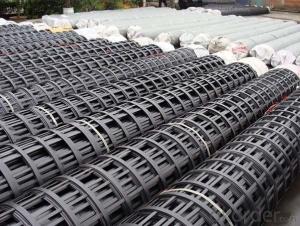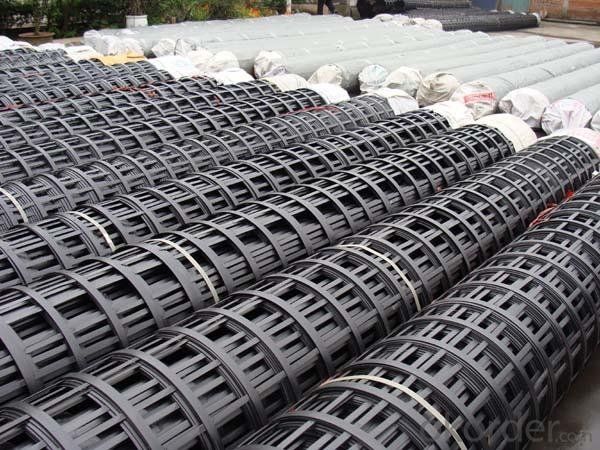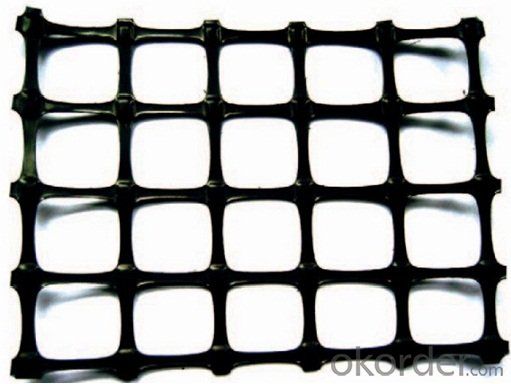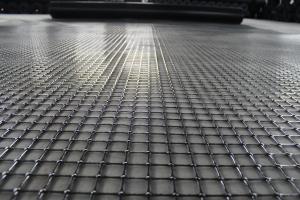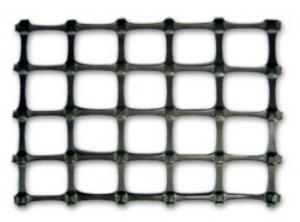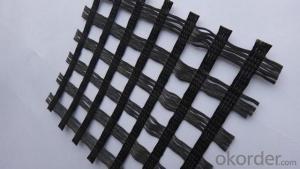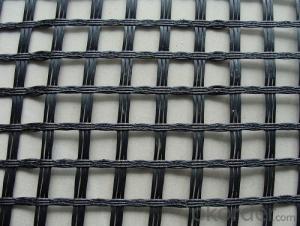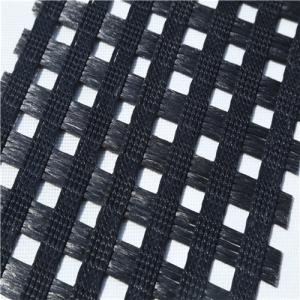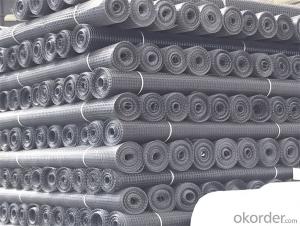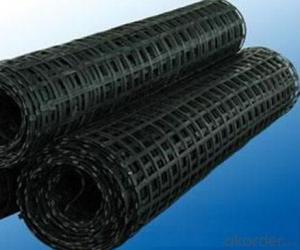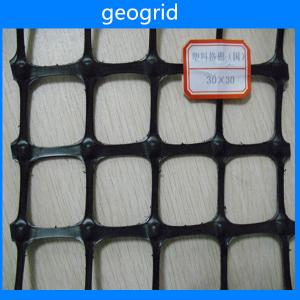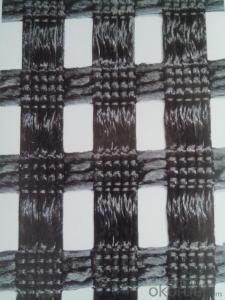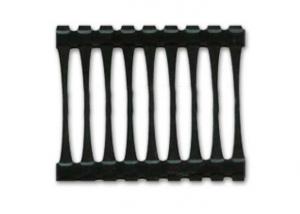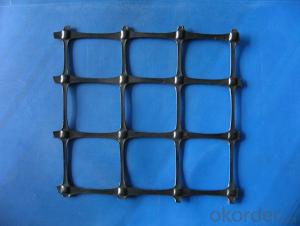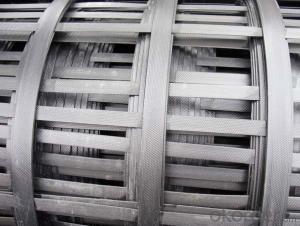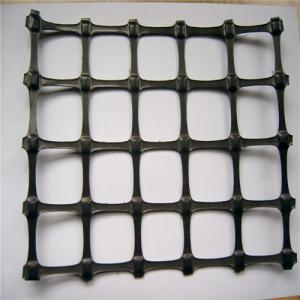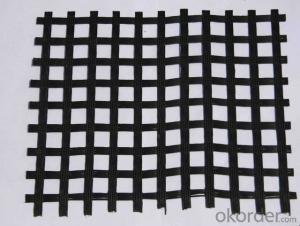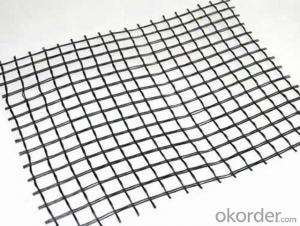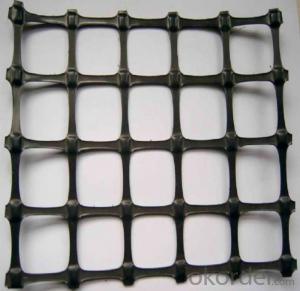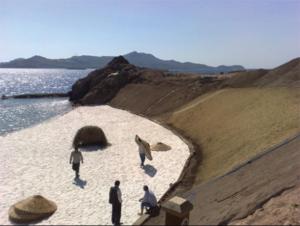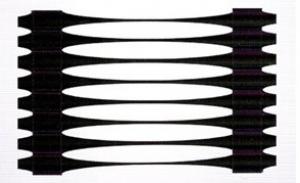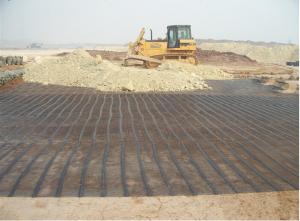Biaxial Polymer Geogrids
- Loading Port:
- China main port
- Payment Terms:
- TT OR LC
- Min Order Qty:
- 5000 m²
- Supply Capability:
- 1000000 m²/month
OKorder Service Pledge
OKorder Financial Service
You Might Also Like
Steel plastic geogrid is steel wire through the high density polyethylene wrapped into high strength the strips, welded by ultrasound, and according to the needs of the project to use different diameter and the number of steel to change with pulling force size. Through the production process to the plastic surface processing, compressed into concave and convex decorative pattern, increased the welding some strength, improve muscle with surface friction coefficient, the role of resistance to grill has resistance from the level of the packing shear, improve the bearing capacity of soft foundation soil impedance failure surface to form, meet the engineering permanent engineering requirements.
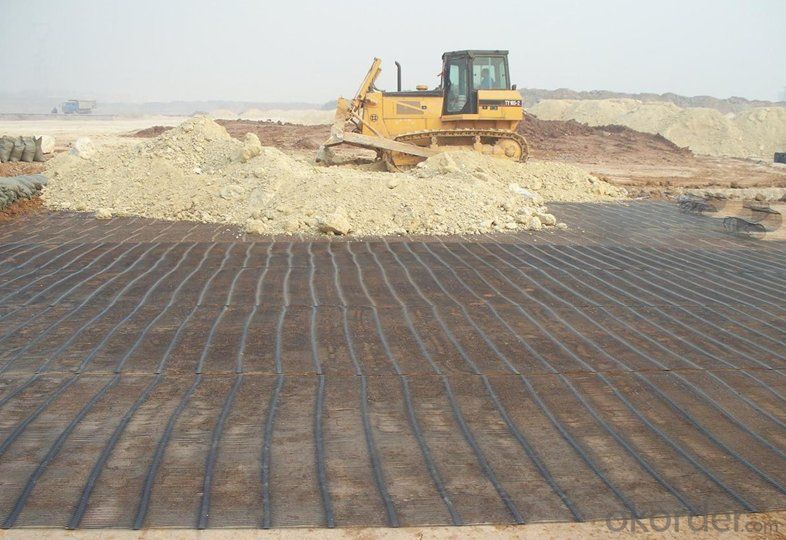
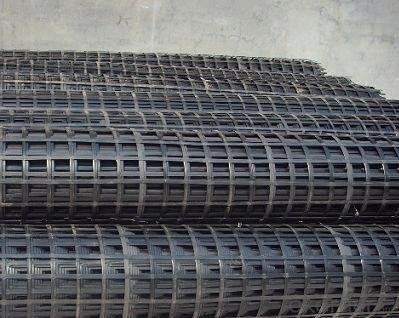
1.Intensity of vertically and horizontally from 20 KN/M to 150 KN/M
2.Low breaking elongation, not bigger than 3%
3.Suitable for each kind of soil environment
4.For treatment on surface, the rib suppresses the rough pattern, strengthens the grill surface the rough degree, enhances the GSZ steel plastic complex geogrid in the soil body friction factor.
5.It has more superior breadth, up to 2- 6 m, reducing construction joining, enhances the work efficiency.
6.High intensity, low creep and distorting
7.Resistant to erosion, longer life.
8.Easy and convenient to install, short period and low cost- saving. It can save project cost by 10%- 50%.
FAQ:
Q: Can you accept small trial order?
A: Yes, we accept small trial orders at reasonable charge.
Q:May I get one sample for checking out the quality? How much?
A: Yes, we supply sample free of charge, and the freight will be on buyer’s account, which is refundable when order confirmed.
Q: What is your MOQ?
A: Normally, 1000 m2 per order.
Q: What is your delivery time? Can we have it sooner?
A: 2 days for sample, 3-5 days against 1x40HQ
Q: What is your payment terms?
A: T/T, Paypal (3% surcharge), Western Union or 30% deposit 70% L/C.
- Q: What is the effect of soil type on geogrid performance?
- The effect of soil type on geogrid performance can vary significantly. Different soil types have varying properties such as cohesion, friction angle, permeability, and compaction characteristics, which can directly influence the interaction between the geogrid and the soil. The geogrid's effectiveness in reinforcing the soil, providing stability, and distributing loads can be affected by factors like soil type, particle size distribution, moisture content, and density. Ultimately, the geogrid's performance may be enhanced or compromised depending on the specific soil type it is installed in.
- Q: What are the benefits of using geogrids in construction?
- Geogrids offer several benefits in construction, including improved stability and reinforcement of soil, increased load-bearing capacity, reduced soil erosion, enhanced drainage, and cost-effectiveness. They act as a strong reinforcement material, distributing loads evenly and preventing soil movement. Geogrids also provide long-term durability, resistance to harsh environmental conditions, and versatility in various construction projects. Overall, the use of geogrids can significantly enhance the performance and longevity of structures while minimizing maintenance requirements.
- Q: Fiberglass geogrid is mainly used for old road reconstruction, the main purpose is to reduce reflection
- Geotextiles are used for road, railway, tunnel, dam, tailings treatment, isolation, filtration, drainage, reinforcement, protection and enhancement...Analysis of the causes of cracks in the asphalt overlay, the formation of a new type of excellent geotechnical substrates by special coating process.Asphalt overlay on old cement concrete pavement is a kind of special pavement structure, and its stress and strain characteristics are quite different from those of general elastic layered system.
- Q: What is the recommended depth of geogrid installation?
- The recommended depth of geogrid installation depends on various factors such as soil conditions, load requirements, and project specifications. However, a general guideline is to install geogrids at a depth of at least 12 inches below the surface to ensure sufficient reinforcement and stability.
- Q: Longitudinal and transverse tensile strength more than 60kn/m which has several geogrid
- Glass fiber, polyester, plastic steel, PP, single and double, have 60 specifications.
- Q: What is the typical length of a geogrid roll?
- The typical length of a geogrid roll can vary depending on the manufacturer and specific application. However, in general, geogrid rolls are commonly available in lengths ranging from 50 to 500 feet.
- Q: Are geogrids resistant to UV degradation?
- Yes, geogrids are typically resistant to UV degradation. They are often manufactured using materials that have been treated or designed to withstand exposure to ultraviolet (UV) rays from the sun, ensuring their durability and longevity in outdoor applications.
- Q: Can geogrids be used in reinforced soil slopes?
- Yes, geogrids can be used in reinforced soil slopes. Geogrids are commonly used in reinforced soil slopes to enhance stability and prevent slope erosion. They provide tensile strength to the soil, improving its load-bearing capacity and preventing slope failure.
- Q: Geogrid tgsg50-50 what does it mean
- That is, pull, 45KN, I am a manufacturer, geogrid TGSG45-45, two-way plastic geogrid 45KN, I hope to help you.
- Q: What are the limitations of using geogrids?
- Some limitations of using geogrids include their high initial cost, potential for damage during installation, limited effectiveness in certain soil conditions, and the need for proper maintenance and monitoring to ensure long-term performance. Additionally, geogrids may not be suitable for all applications and may require technical expertise for proper design and installation.
Send your message to us
Biaxial Polymer Geogrids
- Loading Port:
- China main port
- Payment Terms:
- TT OR LC
- Min Order Qty:
- 5000 m²
- Supply Capability:
- 1000000 m²/month
OKorder Service Pledge
OKorder Financial Service
Similar products
Hot products
Hot Searches
Related keywords
